Result of the high-altitude drop test of a simulated small return capsule to establish return technology
Last Updated: November 10, 2015
JAXA is developing a small return capsule that can be carried aboard the H-II Transfer Vehicle (HTV) KOUNOTORI, aiming to devise return capsule technologies and increase cargo return opportunities for precious samples obtained through space experiments on the ISS, so as to maximize the results of space utilization.
As part of this technology development, a high-altitude drop test of a simulated small return capsule was conducted off the coast of Taiki-cho, Hokkaido on October 22, 2015. At about 10:46 a.m., the return capsule was released from a helicopter at an altitude of 2 km and splashed down in the ocean three minutes later.
The parachute and other equipment worked normally, and the test ended without any trouble. The data obtained will be analyzed to realize completion of the small return capsule.
Overview of the drop test
- To release a small return capsule at an altitude of 2 km off the coast of Taiki-cho, Hokkaido.
- The test aims to obtain data on the critical functions of return capsules, such as parachute deployment during descending and buoyancy bag activation after the capsule’s splashdown, descending capsule velocity, impact load when the parachute opens, and impact load when the capsule hits the water.
- This test data will be reflected in the design of the parachute mechanism and in the overall capsule design. The ultimate goal is to establish cargo return technology using KOUNOTORI.
Images of the drop test
October 20 (two days before drop test)
October 22 (The test day)
(All photos courtesy of JAXA)
*All times are Japan Standard Time (JST)
This entry passed through the Full-Text RSS service – if this is your content and you’re reading it on someone else’s site, please read the FAQ at fivefilters.org/content-only/faq.php#publishers.
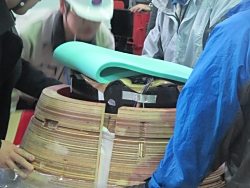
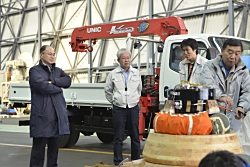
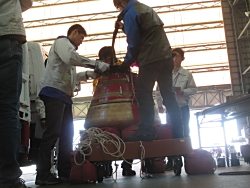
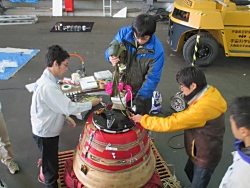
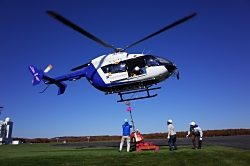
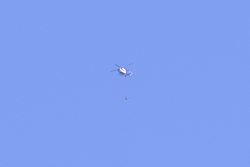
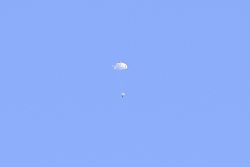
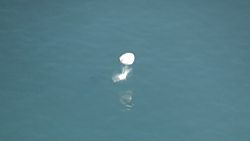
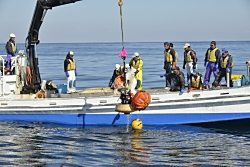
Comments are closed.